Understanding the “Wild Child” – a look at addiction in the life of teens, including technology
On September 13th I attended my second Wild Child Conference in Marion, Ohio. The Wild Child Conference looks at contemporary issues in the lives of teens and seeks to give participants the tools to recognize and deal with important issues. Last year’s topic was the role and impact of technology in the lives of teens. This year it was addiction. TLT believes that it is important for you to understand adolescent development and culture if you are going to successfully meet their needs. It’s a no-brainer really. You can’t successfully serve a population you don’t know, understand and, I believe, respect.
If you pay attention to the news you have probably heard that many communities are facing rising problems of drug use. According to information presented at the WCC conference, alcohol and prescription drug use are the most common issues among teens. Many teens are finding their drugs right in their parents (or caregivers) medicine cabinets. And this year they have seen a huge increase in the use of a common bath salt as a drug. In fact, it looks like new laws are going into effect to limit the sell of said bath salts.
ADVERTISEMENT
ADVERTISEMENT
Understanding Addiction
The main speaker for the WCC conference was Annette Franks. She has a wide variety of materials on her website that can help you understand addiction and recognize the signs of addiction, etc. In addition, I took notes and posted them on the FB page (not the best format to be honest) and you can see them here:
2011 Drug Update: A brief overview – looks at the most common drugs in use today
Keynote: Understanding Addiction and its impact on youth and families today
Sexual Addiction in the Life of Teens
In addition to drug addiction, speaker Jeff Grant discussed sexual addiction in the life of teens – primarily brought about through the access of Internet pornography or a childhood history of abuse. The most interesting point referenced by Mr. Grant was the fact that there was little to none research on the subject of teenage sexual addiction. Jeff is a former youth pastor who has received his counseling degree and specializes in the treatment of sexual addiction. It is interesting to note that sexual addiction is not the same as being a sexual offender; one can have a sexual addiction and not break any laws or be required to register as an offender. I recap his presentation here. He also referenced the article The Making of a Sex Addict by Patrick J. Carnes, PhD. You can find an article by Carnes here.
Teens and Technology
Last year’s WCC focused on technology, the good, the bad, and the ugly. And yet as we discuss addiction, the role of technology can not help but come up again. Technology can be a useful tool and it definitely has increased the access to and role of information in the lives of teens. And yet it can also become an addiction that hinders their lives. In addition to using the Internet to access porn and an overuse of all types of media including computers and video games, Annette Franks talked about the effects of texting in the lives of teens.
Texting, Franks points out, causes teens to be less fully present in the moment and changes their emotional experience of life. We have all seen those teens walking around with cell phones, only partially involved in the moment right in front of them. This lack of being fully present hinders the development of social skills in a one-on-one setting, the ability to develop good communication skills, and limits true emotional expression and authenticity. All of these can lead to a lack of true, deep and meaningful relationships. In fact, texting changes the rate of and depth of eye contact and has tremendous impact on our relationships by this simple act.
Franks also argues that the continual use of cell phones limits creativity, self-expression and the exploration of new ideas and activities. And again, that lack of being fully present in the moment hinders a teens experience of the world around them.
In terms of library programming, it seems like one way in which we can help our teens is to ask that they not use their cell phones while in a library program so that they can more richly experience the moment. And if we are doing our jobs correctly, the programs will be interesting enough that they will, in fact, want to be engaged in them.
The Pew center has some good research on the role of technology in the lives of teens:
How do they even do that?
The important key is this: technology in moderation is a good thing, just like everything else. But it is important that our teens unplug and get real with themselves, one another and the world around them. They have to give them selves plenty of time to truly be IN the moments of their lives. We can help them by providing a wide variety of rich reading materials in tradition formats and by providing a wide variety of ways to interconnect with one another and the world through quality programming. Create programming opportunities that force teens to interact, to think, and to manipulate real life objects (think crafts, cooking, board games, etc.).
Unplug Your Programming
 |
| Image from: http://blogs.indystar.com/varvelblog/archives/2007/06/ |
And here is where I would like to take a moment to talk about Nature Deficit Disorder. Step outside your home on a week night or Saturday afternoon. How many children and teens do you see playing outside? Riding their bikes? In comparison, how much time did you spend playing outside? And yes, simply hanging out counts. Today’s children and teens are plugged in to such an extent that many now argue that they are experiencing a deficit of nature. (Here is a very basic overview at Wikipedia, but I recommend reading the book Last Child in the Woods by Richard Louv
So if you have the space, get your tweens and teens outside. Even something as simple as chalk drawing would work, although you might want to call it sidewalk graffiti to make it sound cool. Maybe you can have them create and maintain a garden space around your library; it’s win-win – you have engaging programs for your tweens/teens and your library looks beautiful and inviting. Other things you can think about doing include water wars and games, music on the lawn, or a wide variety of outdoor games. You can even do Hunger Games or dystopian tie-ins by doing survival activities. Make displays of wilderness books and true life adventure stories.
ADVERTISEMENT
ADVERTISEMENT
In our programming we sometimes come to overly rely on video games and technology; but if we are going to really address the whole health needs of teens, we will provide them opportunities to unplug and engage with one another and the world in our programming efforts.
You Can Help Teens Succeed
The day closed with Jodi Galloway from the Teen Institute discussing the 40 developmental assets and incorporating them into your programming as a means to help teens succeed. I had the privelege to work with Jodi Galloway when I was at the Marion Public Library and recently wrote up an article for the October 2011 issue of VOYA (page 354) discussing our efforts to incorporate the assets into our programming. Research suggests that the more assets a teen has in their life, the less likely they are to engage in risky behavior and the more likely they are to engage in successful behaviors. There are a wide variety of ways that libraries help teens incorporate assets into their lives from everything by providing free, unfettered access to reading materials to providing quality programs and incorporating teens in leadership roles. I highly recommend that you take some time to familiarize yourself with the asssets and begin using them as a framework when implementing library teen services. If a program or service will help a teen meet an asset, then it is of value. The assets can also be a good framework in discussing your teen department needs and activities with your library administration or community.
So here’s my take away:
Know, understand and value teens to serve them well.
Provide balanced programming that sometimes unplugs and engages teens in more meaningful ways.
Help your teens build assets for success.
According to Annette Franks, the number 1 cause of addiction (the reason most teens start using) is the failure of teens to fully engage in self and the world around them and for the adults in their lives to fully engage in them; through quality library services and programming, we can provide them with opportunities to engage. Our goal: allowing teens the opportunity to be fully present in the moment.
Filed under: Programming, Technology, Teen Development
About Karen Jensen, MLS
Karen Jensen has been a Teen Services Librarian for almost 30 years. She created TLT in 2011 and is the co-editor of The Whole Library Handbook: Teen Services with Heather Booth (ALA Editions, 2014).
ADVERTISEMENT
ADVERTISEMENT
SLJ Blog Network
One Star Review, Guess Who? (#202)
This Q&A is Going Exactly As Planned: A Talk with Tao Nyeu About Her Latest Book
Exclusive: Giant Magical Otters Invade New Hex Vet Graphic Novel | News
Parsing Religion in Public Schools
ADVERTISEMENT

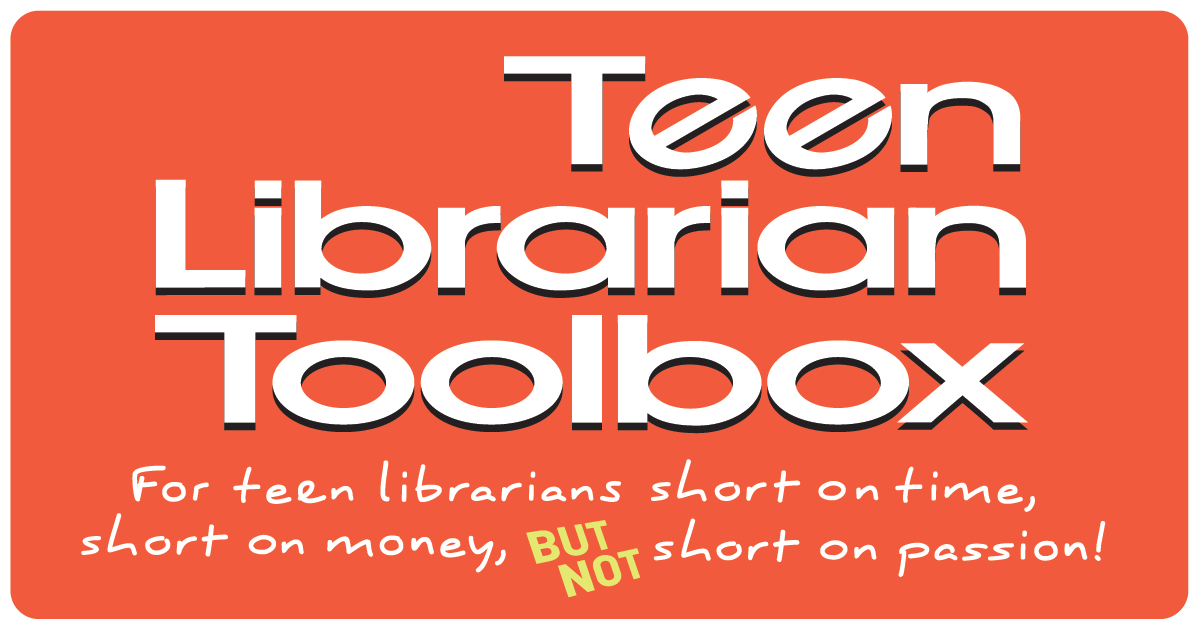


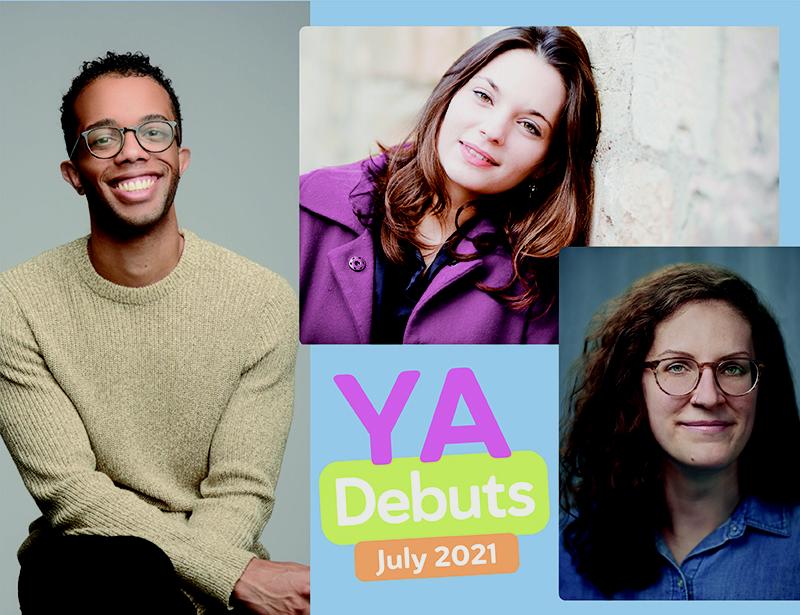
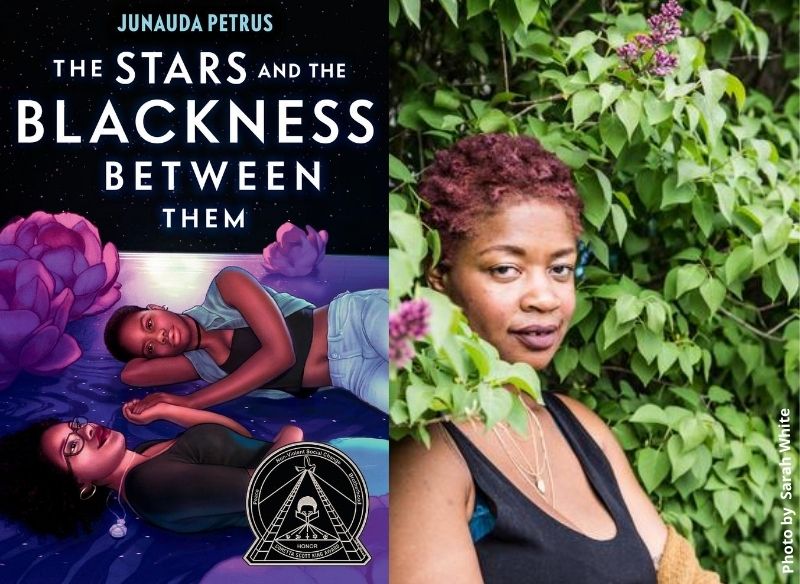

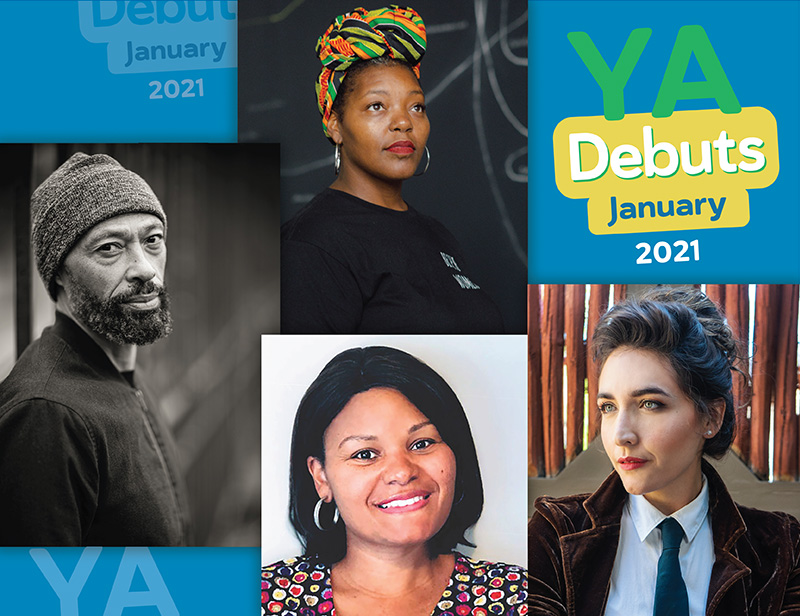
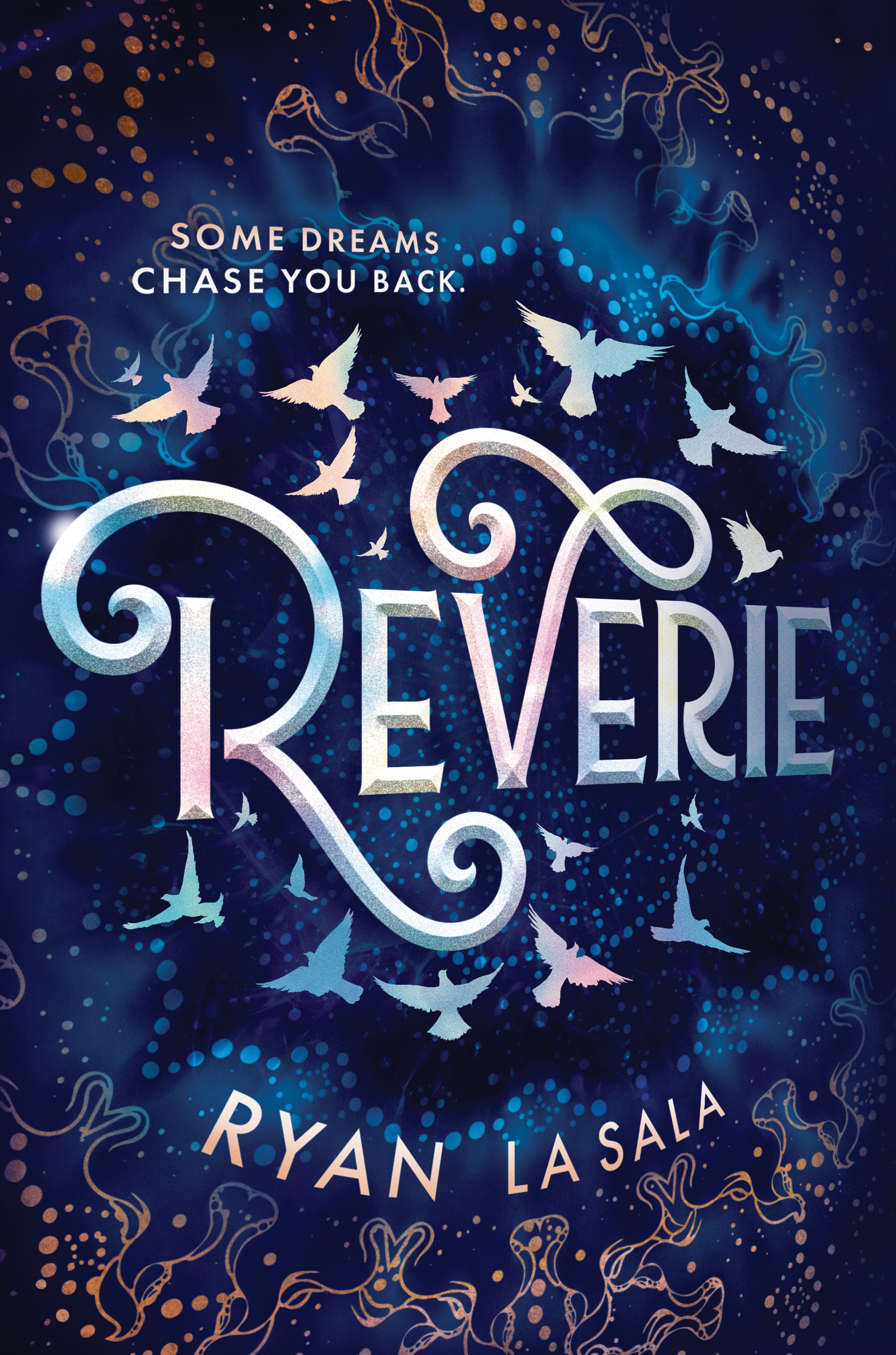
This is a very interesting conference. I believe that all participants will learn what is needed concerning issues about teens. We really are facing a lot of problems regarding our kids today especially when they grow older as teens. And yes, solving these problems isn’t that easy but thanks to conference like this solving the problem is easier.
To Know, understand and value teens to serve them well.
Provide balanced programming that sometimes unplugs and engages teens in more meaningful ways. Help your teens build assets for success. This could really work miracles.